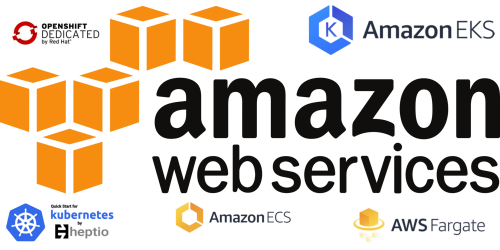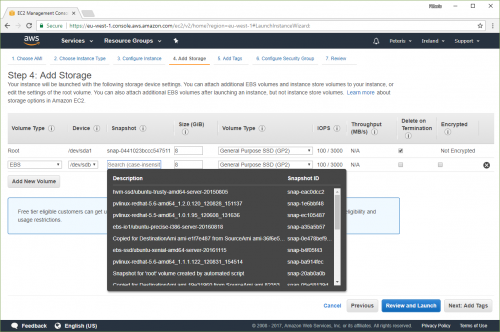Scott Lowe shares an updated setup of Kubernets on the Amazon AWS. This blog post covers some of the bits in Kubeadm, which have been updated and improved, since his previous post on the subject some time last year.
If you are working with Amazon AWS, Kubernetes, Docker, VMWare, or other related technologies, I can’t recommend his blog high enough.


